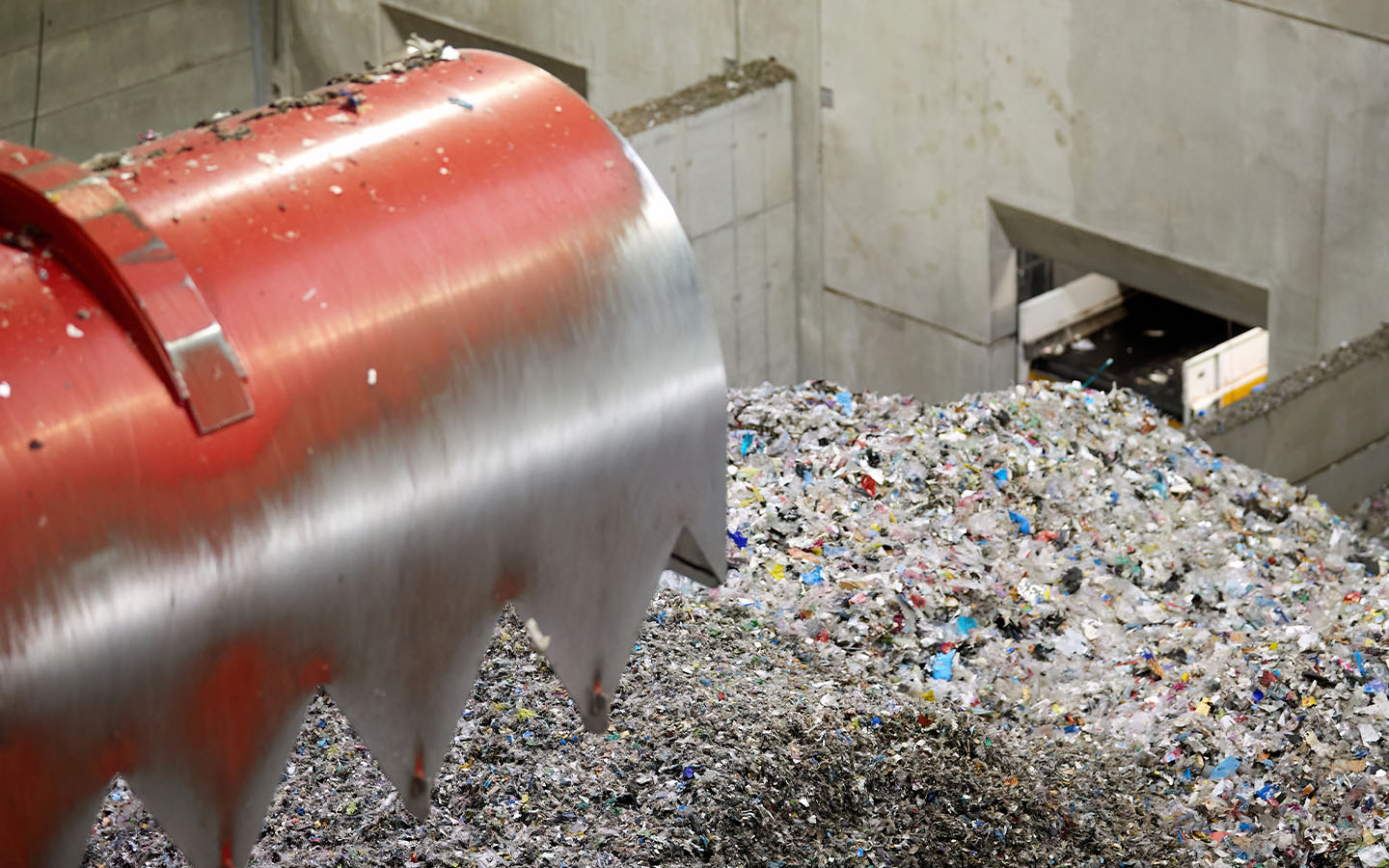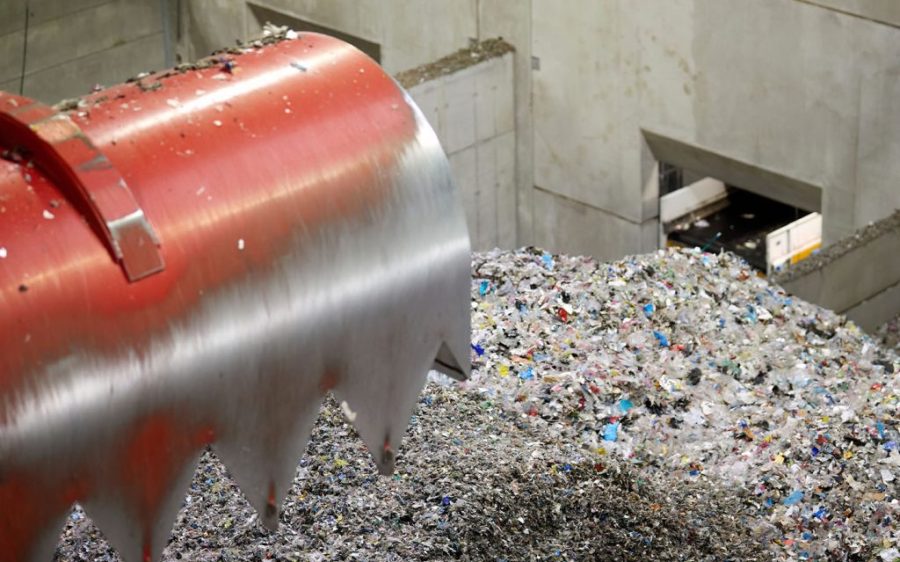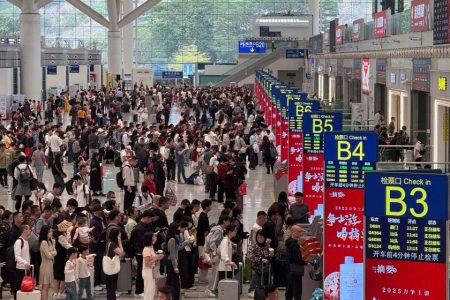Experts say Hong Kong should be sending its municipal waste to Guangdong Province for incineration to support its 2035 zero-landfill target, regional media reports.
Hong Kong generated around 3.97 million tonnes of waste in 2023, according to official figures. Municipal solid waste amounted to roughly 15,000 tonnes per day. In 2021, the city’s government announced its aim to eliminate reliance on landfills by 2035.
Guangdong Province has a vast network of more than 700 incinerators that already have the capacity to handle Hong Kong’s waste, according to experts from the Hong Kong Polytechnic University. One of these is Zhuhai’s Environmental Biomass Thermal Power Project, able to process up to 3,000 tonnes of municipal solid waste daily.
[See more: The amount of rubbish thrown away in Macao is on the rise]
Lawrence Iu, executive director at Hong Kong’s public policy think tank Civic Exchange, has noted that some mainland incinerators are operating far below capacity. “We can explore collaboration with mainland China to utilise idle facilities in the Greater Bay Area, which can ease the pressure for Hong Kong to build new facilities,” he said.
Hong Kong is currently developing waste-to-energy plants as landfill alternatives. The first, I‑PARK1, designed to process 3,000 tonnes per day and power 100,000 households, is nearing completion on an artificial island off Shek Kwu Chau. A second facility, I‑PARK2, is expected to start operating at double I‑PARK1’s capacity in 2030.
Hong Kong has three operational landfills: the West New Territories (WENT) landfill, the North East New Territories (NENT) landfill, and the South East New Territories (SENT) landfill, which only handles construction waste.






